If ever an artistic issue existed that called for consulting with an attorney, acceptable application of “fair use” would seem to be it. As we have noted in previous posts, layers of law apply to intellectual property concerns. The mere purchase of a piece of sheet music gives a buyer some limited use rights in terms of performance. However, to include a copyrighted piece of music in a public concert requires getting the OK from the proper agency or the composer.
The fair use doctrine permits limited use of a copyrighted work without the owner’s permission. For example, a choir who has legally performed a work might want to offer up a recording of it on its website as a sample to grow potential audience. If the choir didn’t have approval to record the piece, posting the whole song could spark a copyright infringement claim. However, fair use might offer some protection if only a snippet of the recording is used.
Factors used to determine Fair Use
There is no clear definition of fair use. Different facts in a given case can lead to varying interpretations by courts and so the application of the doctrine remains fluid. However, fair use can clearly be claimed in certain circumstances. These include when the material is used for:
- Comment
- Criticism
- Parody
- News reporting
- Scholarship and research
- Teaching
If an infringement claim is brought, the law calls for the case to be judged on four factors to determine if fair use applies. As explained Section 107 of the federal copyright law, these factors include:
- Whether the use of the copyrighted work is commercial or for nonprofit educational purposes
- The specific nature of the copyrighted work
- How much of the work is used, whether it amounts to a substantial portion of it, and whether the portion used is a central part of the work
- Whether the use could hurt the value of the work or the potential market for it
Under such conditions, some legal observers might argue that if a nonprofit choir provided a 30-second snippet of a four-minute recording of a past performance on its website as an audio sample, fair use could be argued. However, just to be safe, the wisest move might be to get proper permissions in writing from the correct sources.


